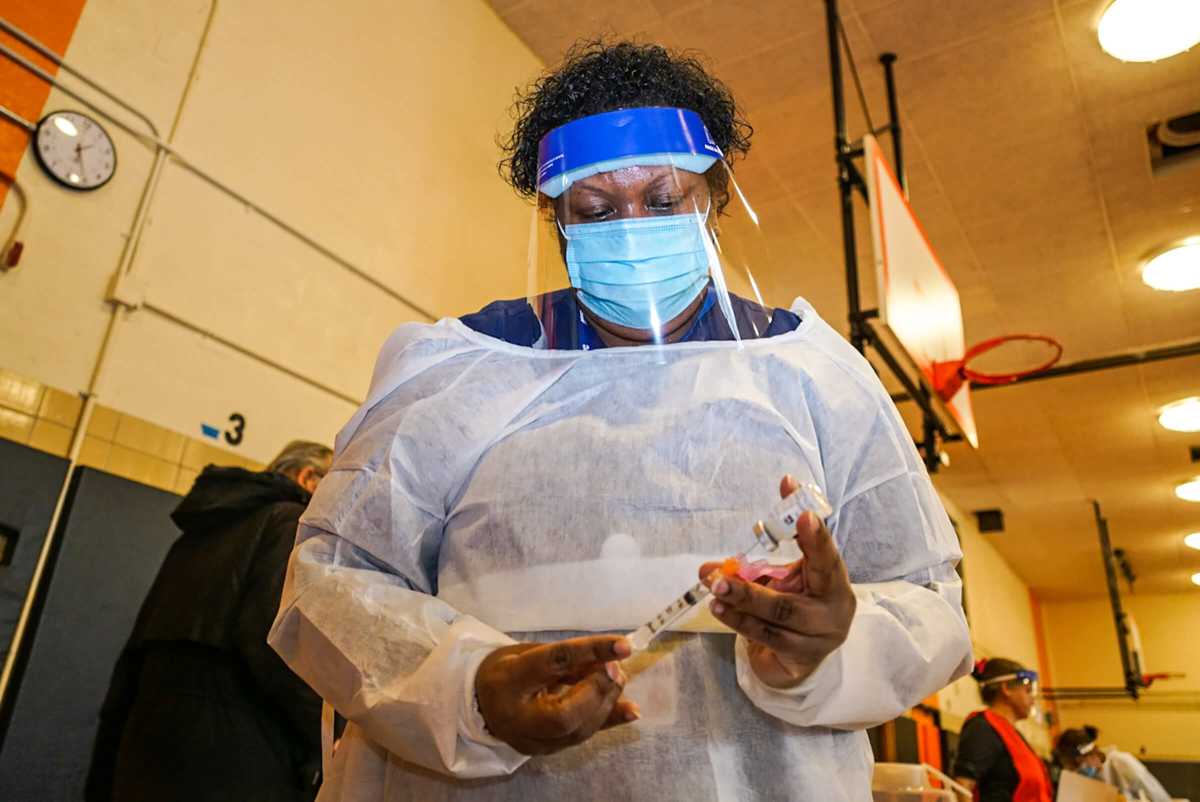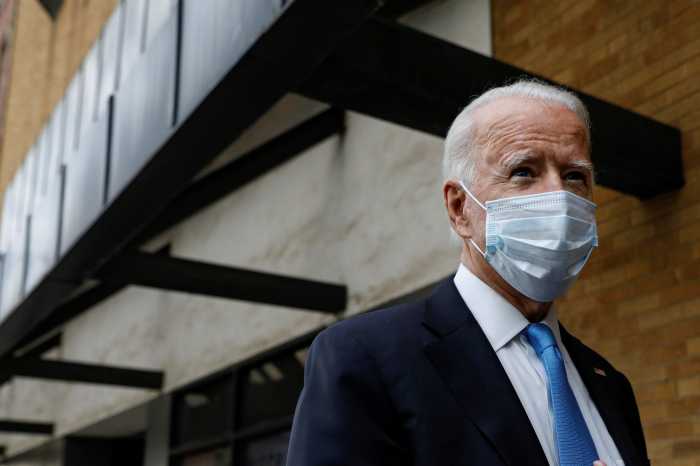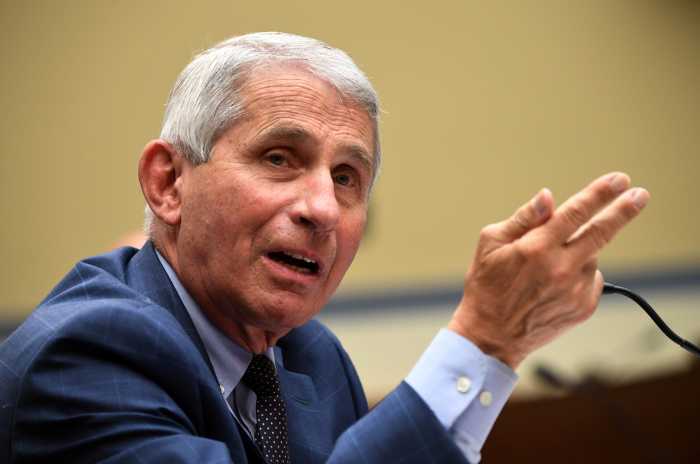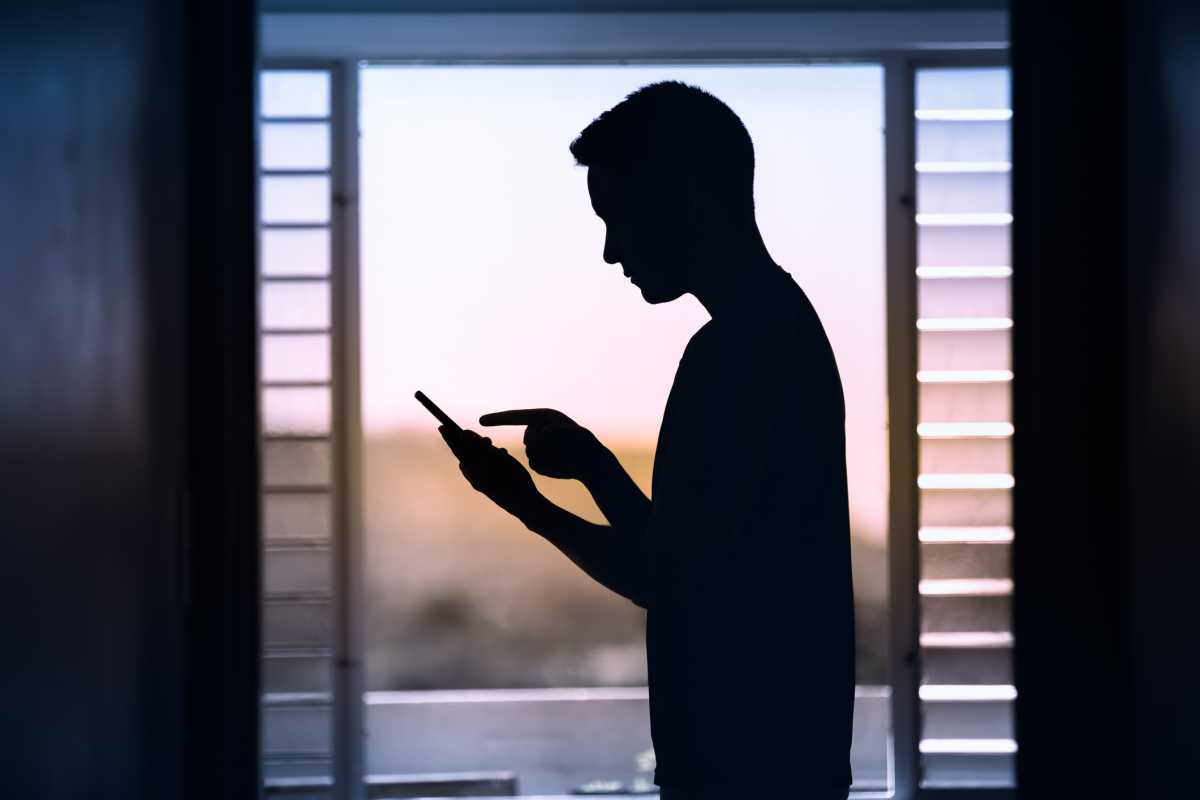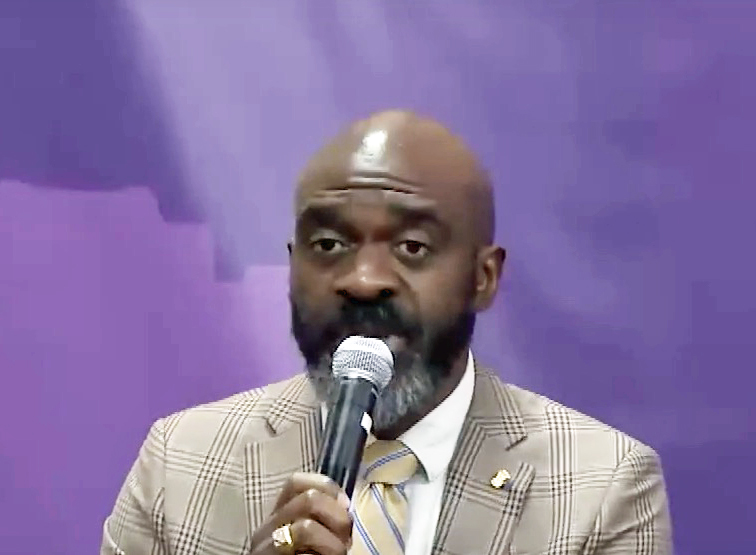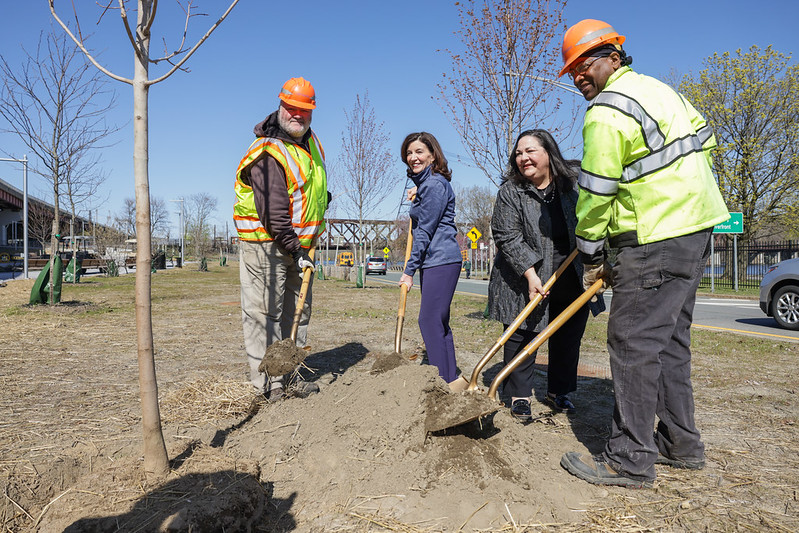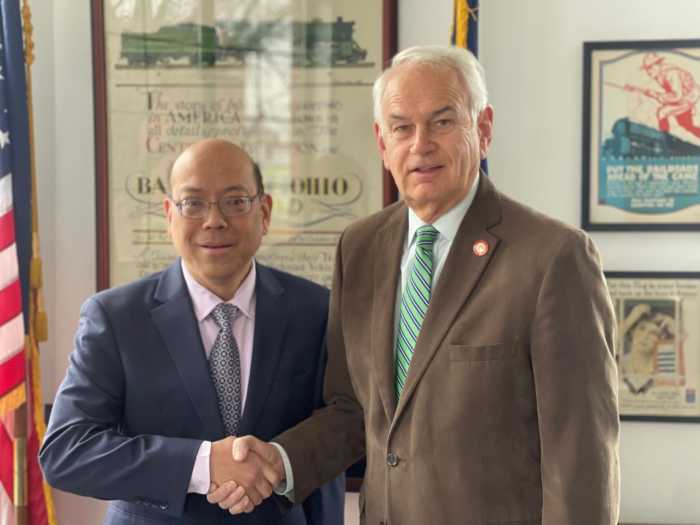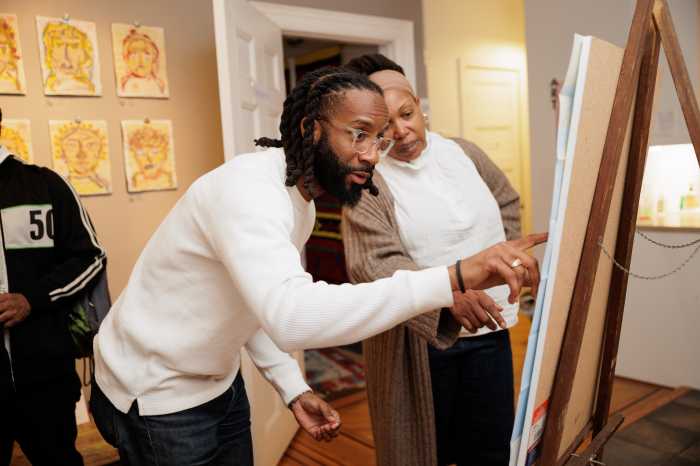As many as 7 million New Yorkers are potentially eligible to receive the COVID-19 vaccine immediately under the new Centers for Disease Control and Prevention (CDC) guidelines released Tuesday — and Governor Andrew Cuomo said it’ll take a miracle to make it happen.
New York has struggled to administer the vaccine to high-risk health care workers and essential workers as part of phases 1a and 1b, which covers about 5.3 million people statewide. But the new CDC guidance recommends that all people 65 and older, as well as individuals with compromised immune systems, be vaccinated right away; that change, Cuomo said, adds another at least 1.7 million New Yorkers to the list.
That number could be higher, the governor indicated, because the CDC did not make clear who would be defined as immunocompromised and immediately eligible for the vaccine. A number of conditions could make one immunocompromised — such as cancer, heart disease, hypertension, obesity, asthma, COPD and diabetes.
The challenge is that the federal government, at present, only releases to New York about 300,000 doses of the COVID-19 vaccine per week. Vaccine recipients also need to get two doses of the Pfizer and Moderna vaccines, the only ones currently available for use, to be considered fully immunized.
At the current rate, barring a dramatic uptick in dosage supply, it will take at least six months to vaccinate all the eligible New Yorkers under the new CDC guidance, Cuomo said.
The governor intimated that it seemed that the outgoing Trump administration was setting up the incoming Biden administration to fail.
“I believe this has to be the first thing Biden looks at, because I think it’s going to create national frustration and suggest that the government is not capable” of handling the COVID-19 vaccinations, Cuomo said. “And the last thing we need right now is people losing belief in the competence of government.”
Melissa DeRosa, secretary to the governor, told the press that the federal government has not provided the state with “any additional information” on responding to the CDC change, and said it reminded her of the response received during the start of the first COVID-19 wave in March and April 2020.
“They’re expecting people on the ground to make massive policy changes on a dime,” DeRosa said, “but they’re giving us little to no guidance on how to implement it.”
Nonetheless, Cuomo indicated that New York would cooperate with the CDC guidelines and do “the best we can” to meet the demand — likening the situation to the Biblical “loaves and fishes” parable, in which Jesus Christ miraculously fed a group of 5,000 with two fish and five loaves of bread.
The state Health Department has already modified its vaccine registration site to accept individuals 65 and older and accept appointments.
Cuomo called on the incoming Biden administration to do something to boost the COVID-19 vaccine supply — such as releasing the vaccine stockpile intended to guarantee second doses of the two-shot vaccine, and by expediting the FDA approval of other COVID-19 vaccines in development from pharmaceutical companies such as Johnson & Johnson and AstraZeneca.
Meanwhile, Cuomo said, hospitals will continue to prioritize COVID-19 vaccine distribution to its staff members to ensure they remain staffed to treat patients and prevent a collapse of the medical system. County health departments and unions will remain responsible for vaccinating other essential workers under the phase 1b plan.
New York will primarily lean on a network of pharmacies and vaccine hubs set up by local health departments to vaccinate senior citizens and the immunocompromised, once the state establishes guidelines for which immunocompromised individuals can receive the shot immediately.
“The entire distribution system is open, but at the end of the day, you only have 300,000 dosages for a population of 7 million” eligible vaccine recipients, Cuomo said. “We need patience at an impatient time in our history. This [change in the CDC guidance] compounds the request for patience, because how do you say on one hand, 7 million people are eligible, but on the other hand say we only have 300,000 dosages per week?”



